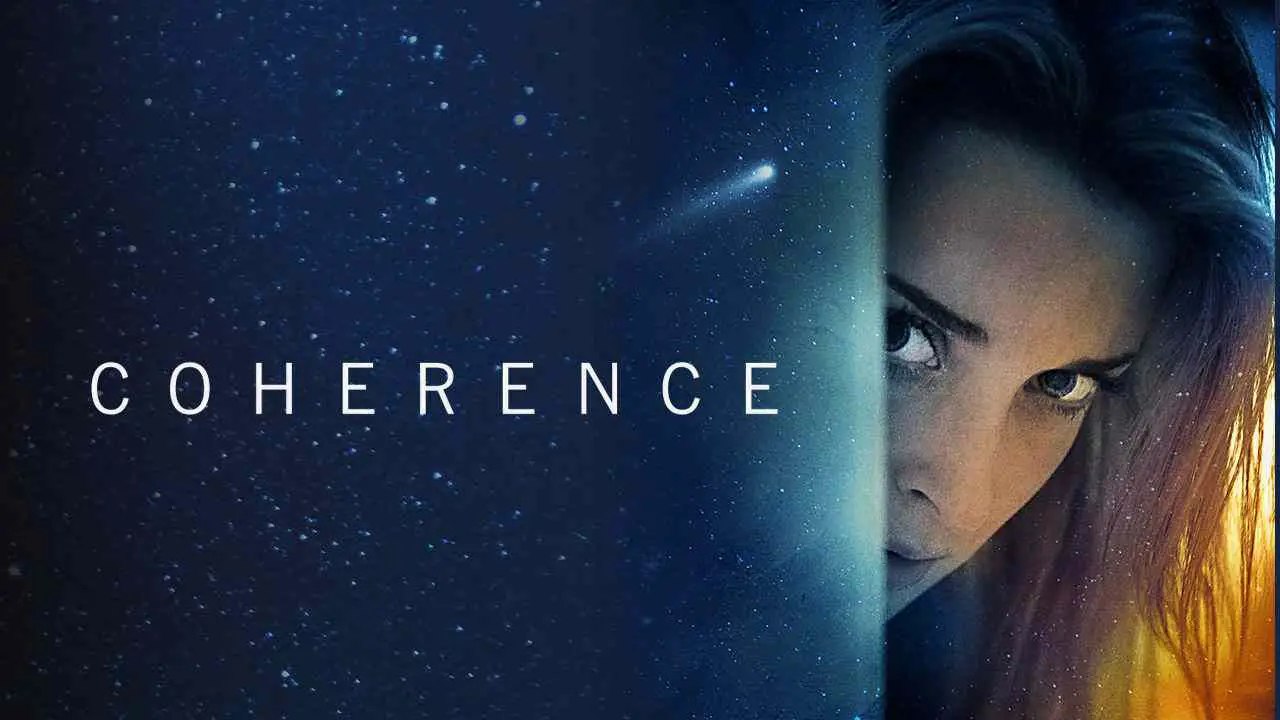


Most of the time, they continue with what they are doing, without simulating a special performance for the benefit of the camera. They fill the scene with their own words and natural responses, recorded in synch, and their activities give an impression of normality.
#EXPRESSIVE COHERENCE EXAMPLES IN FILM HOW TO#
The subjects are neither filmed telling them what to say and how to act nor their “ordinary” experiences recorded by resorting to staging and exegetic commentary. It is a style based on a deliberate attempt at filming the subjects long enough in the complexities of their lives, so that the spectators can follow them in what they do and listen to what they say.ģ In observational films speech, events, and more silent actions, in Marshall’s terms, are filmed in order to “try to let the people being filmed express and explain themselves through their own words and actions” (1993: 72). This explains the style of observational films, which is resolutely realist, aiming at the preservation of the link with a real time experience. It is the very empirical nature of observational films that permits this in fact, empirical modes of documentary are “predominantly realist with respect to their style and predominantly empirical with respect to their rhetoric” (Henley 2007: 56). Ongoing events are recorded in the attempt to provide a glimpse of the subjects’ lives in their continuity for this reason, the shooting is tailored to convey their sense of being in the world.Ģ At the centre of the observational approach lies a preoccupation with creating a realistic impression of the personalities of flesh-and-blood human beings. Observational films strive to achieve closeness in representing the experiences of the subjects, preserving a human scale of encounter between the filmmaker and the subjects to be seen and heard in the finished film. The observational approach is generally concerned with informal and intimate conversations, and with rendering visible the inner life of the subjects, including what they may leave unsaid. One of the hallmarks of unscripted films is a direct contact with experience. 1 Observational filmmaking methods discover and reveal the action of the subjects in the theatres of lived events.


 0 kommentar(er)
0 kommentar(er)
